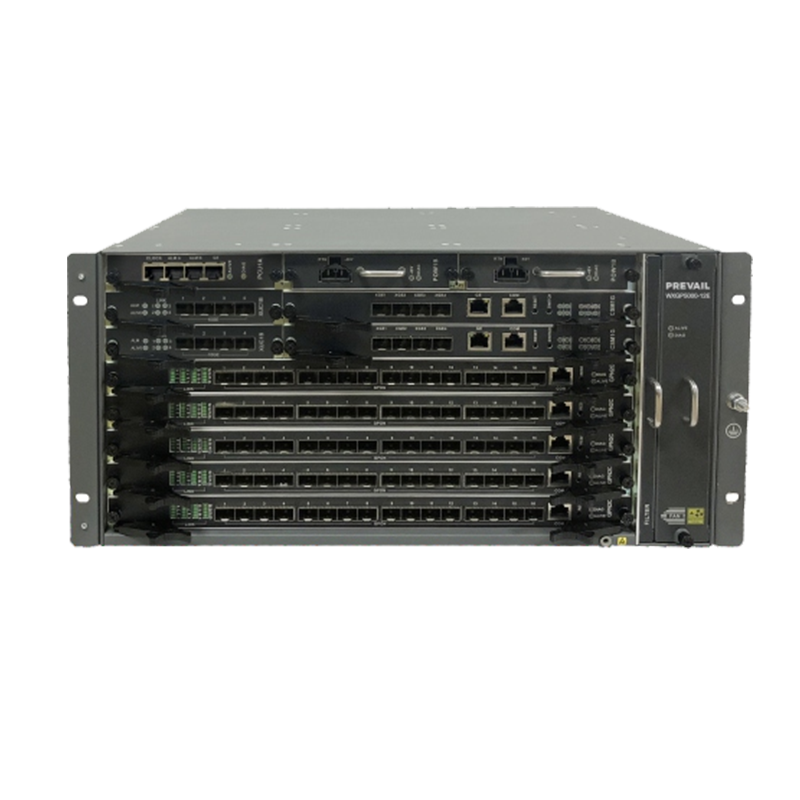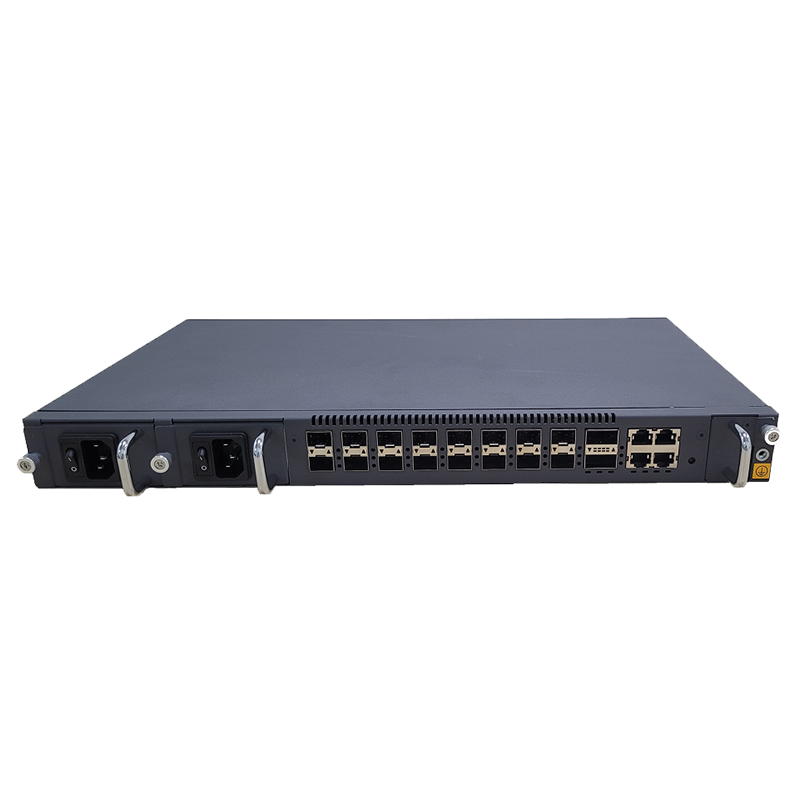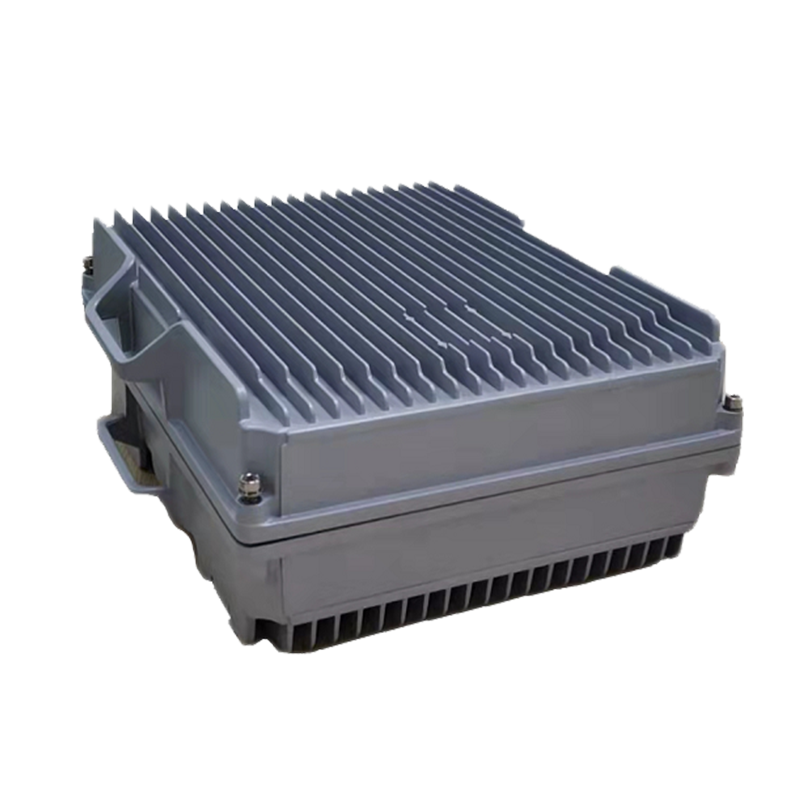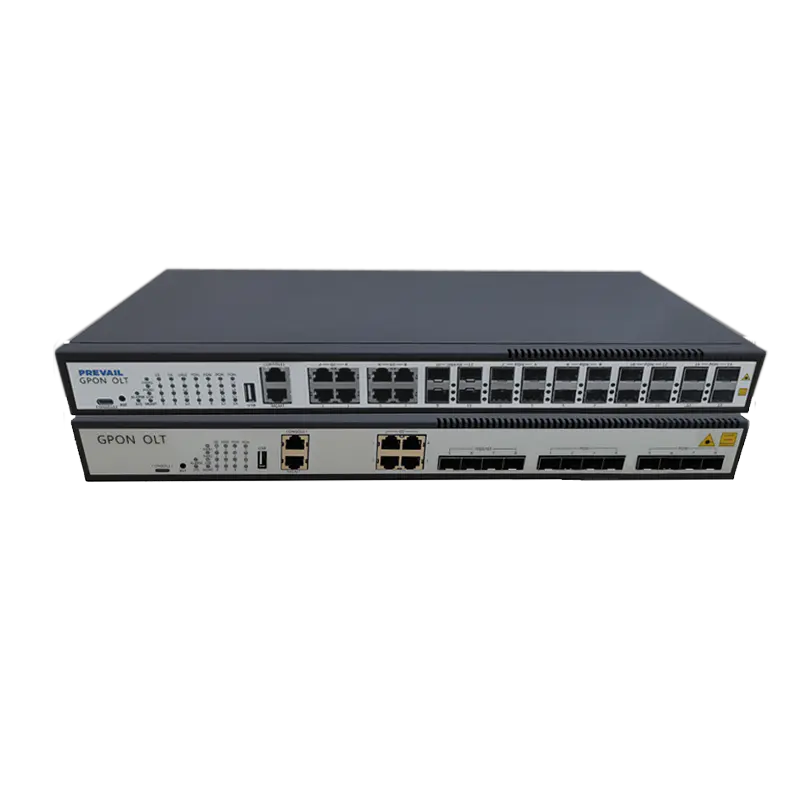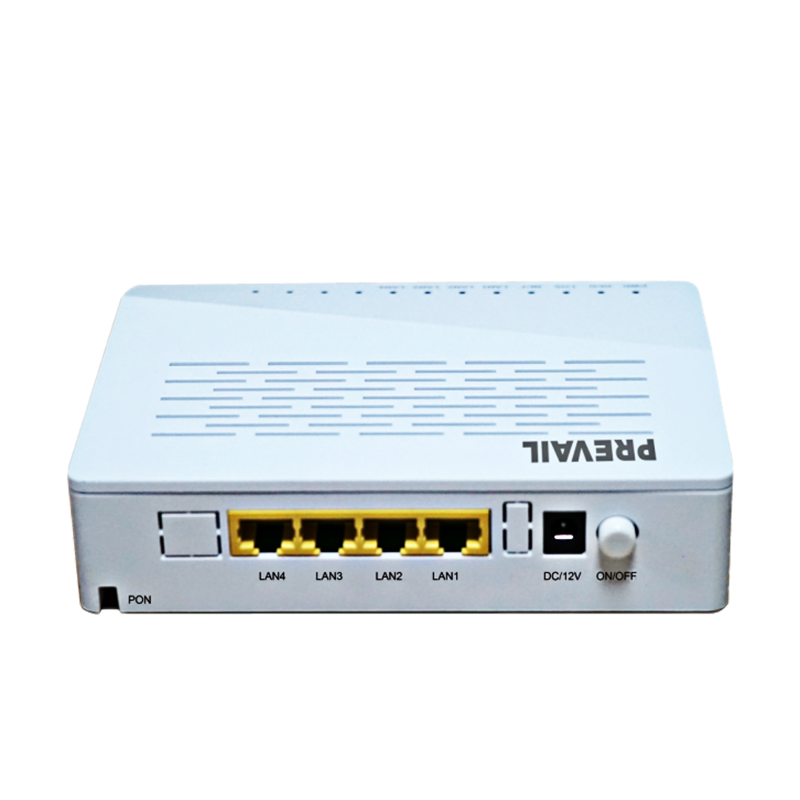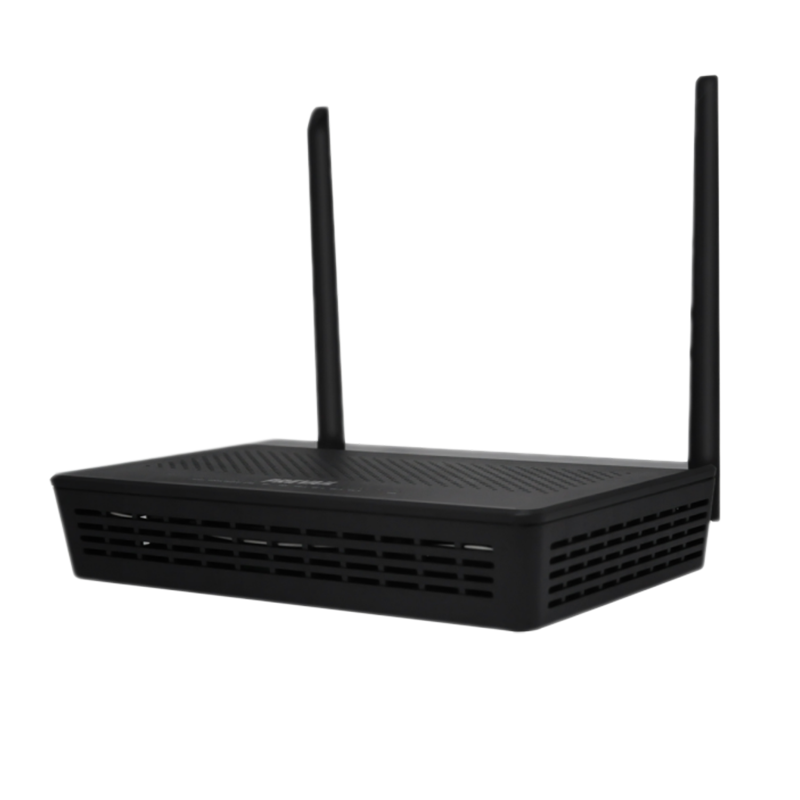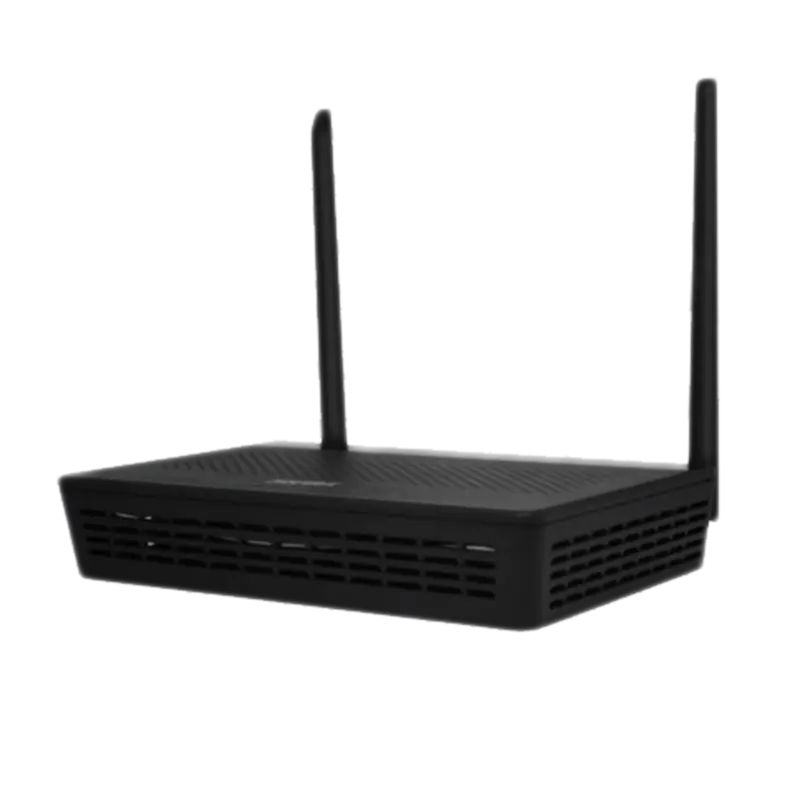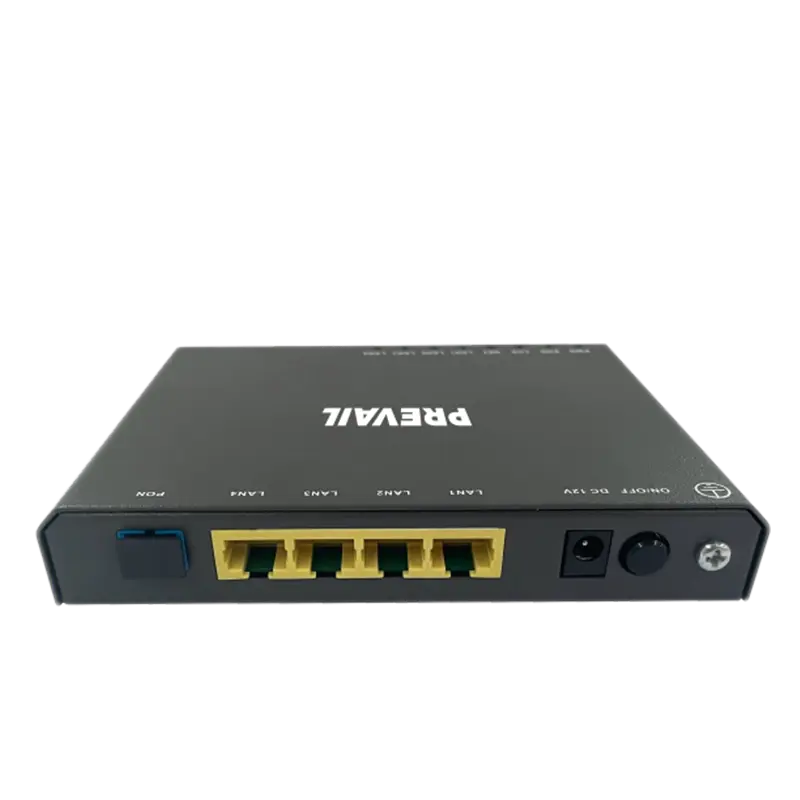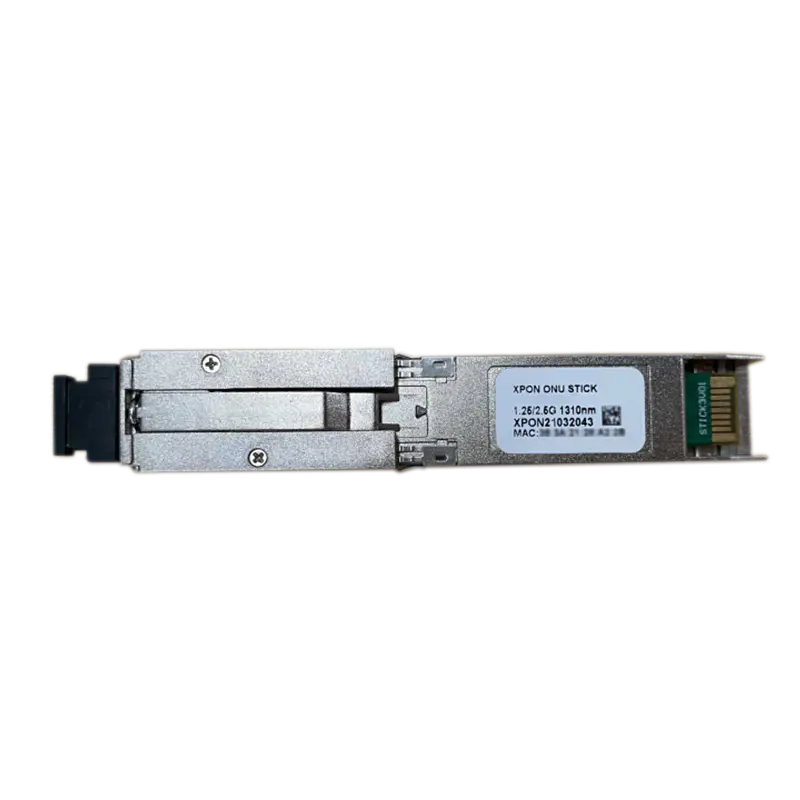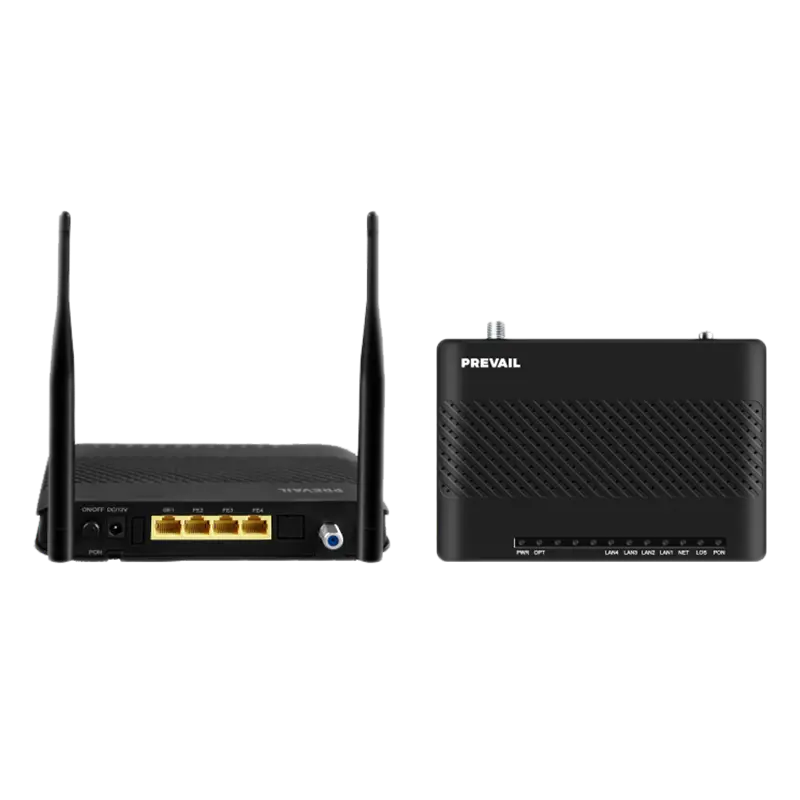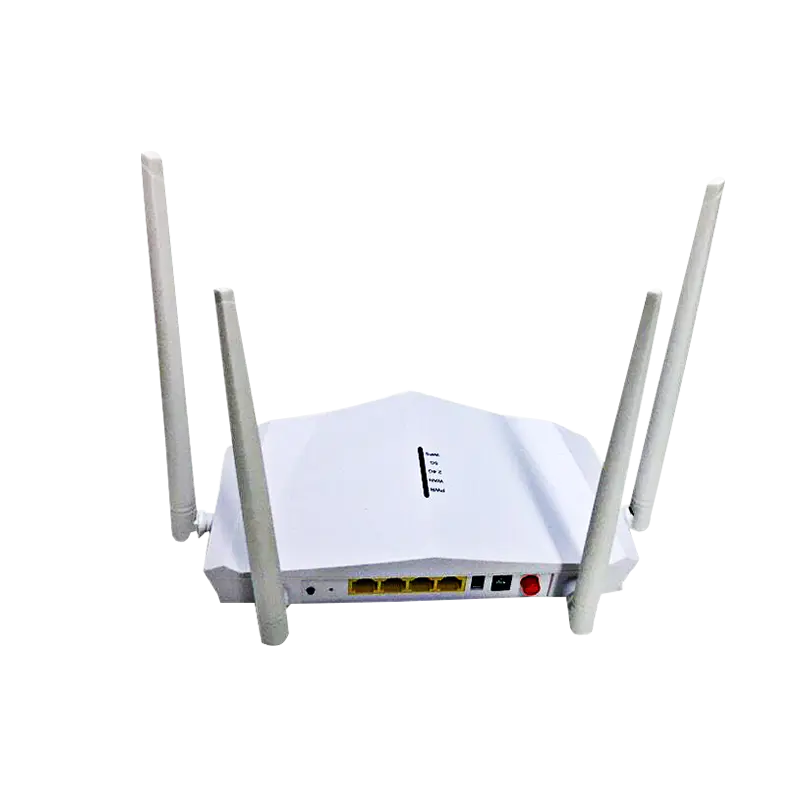How Does the 1550nm EDFA Optical Amplifier Improve Signal Strength in Fiber Optic Networks?
In the rapidly evolving world of telecommunications, fiber optic networks have emerged as the backbone of high-speed data transmission, supporting everything from internet services to telecommunications and broadcasting. One of the most critical challenges in fiber optic communications is maintaining signal strength over long distances. As light signals travel through optical fibers, they naturally lose power, a phenomenon known as optical attenuation. To overcome this challenge, optical amplifiers are employed, with the 1550nm EDFA (Erbium-Doped Fiber Amplifier) standing out as one of the most efficient and widely used solutions.
The 1550nm wavelength is particularly important in fiber optic communication due to its low attenuation characteristics, making it the optimal wavelength for long-haul transmission. In this article, we will explore how the 1550nm EDFA optical amplifier functions, its key advantages, and how it improves signal strength in fiber optic networks, ultimately enabling faster, more reliable communication.
1. Understanding the 1550nm Wavelength and Fiber Optic Communication
Before diving into the specifics of the EDFA, it’s important to understand why the 1550nm wavelength is significant in optical fiber communication.
Fiber optic cables use light signals to transmit data. These signals are sent through the fiber, typically made from glass or silica, and are subject to attenuation, meaning the signal loses power as it travels over long distances. The amount of attenuation depends on several factors, including the wavelength of the light used.
- The 1550nm wavelength is part of the infrared spectrum, where optical fibers exhibit minimal loss, making it ideal for long-distance transmission.
- Low attenuation at 1550nm ensures that light signals can travel for much longer distances before they need to be amplified. This is why the 1550nm wavelength is used in long-haul fiber optic networks, such as undersea cables or high-speed internet connections.
However, despite the benefits of low attenuation at this wavelength, the signal still requires amplification over longer distances. This is where the EDFA comes in.
2. What Is an EDFA and How Does It Work?
An Erbium-Doped Fiber Amplifier (EDFA) is a type of optical amplifier that utilizes a fiber doped with the rare-earth element erbium to amplify light signals traveling through optical fibers. EDFAs are essential for boosting signal strength in long-distance fiber optic communications.
How EDFA Works:
- Pump Laser: To enable the amplification process, EDFAs rely on a pump laser, which provides energy to the erbium-doped fiber. This laser typically operates at a wavelength of 980nm or 1480nm. The pump laser excites the erbium ions in the fiber to a higher energy state.
- Signal Amplification: When an optical signal (at the 1550nm wavelength) passes through the erbium-doped fiber, the excited erbium ions release energy in the form of stimulated emission. This process amplifies the signal without converting it into electrical signals.
- Output Signal: The result is that the original optical signal at 1550nm is amplified as it passes through the fiber, maintaining its optical form throughout the entire process.
The EDFA efficiently boosts the signal’s strength, ensuring that it can travel over long distances without significant loss in signal quality or speed.
3. Key Advantages of Using 1550nm EDFA in Fiber Optic Networks
The use of 1550nm EDFA optical amplifiers offers several key advantages in maintaining strong and reliable signal transmission over long distances in fiber optic networks:
3.1 Increased Transmission Distance
Without amplification, signals traveling through optical fibers will experience attenuation, which limits the distance they can cover effectively. The 1550nm wavelength, while ideal for long-distance communication, still requires amplification for distances exceeding a few hundred kilometers.
- EDFA amplifies the signal without needing to convert it to an electrical form and back again, thus maintaining the integrity and speed of the original data.
- With EDFA amplification, signals can travel for thousands of kilometers in fiber optic cables without needing regeneration. This is particularly important for undersea cables, intercontinental connections, and backbone networks.
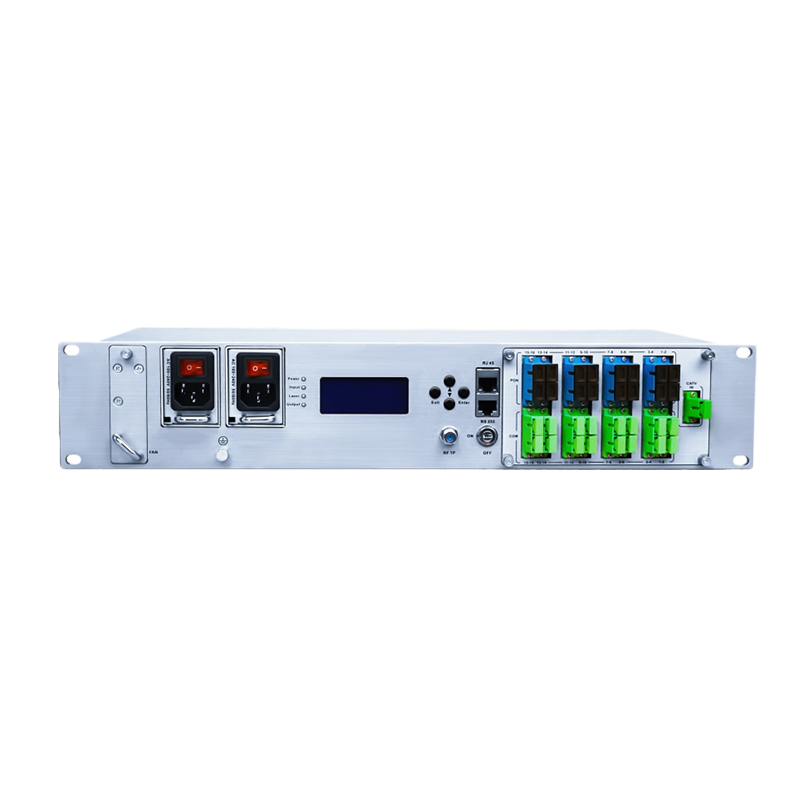
By boosting signal strength along the fiber’s journey, the EDFA ensures that long-haul fiber optic communication systems can operate without degradation in performance over large distances.
3.2 Minimal Signal Distortion
One of the significant benefits of the 1550nm EDFA over other forms of amplification (like electrical repeaters) is its ability to amplify the signal without causing significant distortion.
- Electrical repeaters work by converting the optical signal to an electrical signal, amplifying it, and then converting it back to optical form. This process introduces some signal degradation due to conversion losses and electrical noise.
- In contrast, EDFAs amplify the signal optically, meaning the original signal is preserved in its optical form. As a result, the amplification process does not introduce any additional distortion or noise into the system, ensuring high-quality signal transmission.
This is especially crucial in high-speed networks where maintaining signal integrity is necessary for data accuracy and speed.
3.3 High Efficiency and Reliability
- EDFA amplifiers are known for their high efficiency. Unlike traditional repeaters, which may consume more energy and require complex conversion systems, EDFAs work by directly amplifying the optical signal, making them more power-efficient.
- EDFAs also have high reliability, requiring minimal maintenance once deployed. With no moving parts and no need for signal conversion, these amplifiers are robust and can operate in harsh environmental conditions, including high temperatures and humidity.
3.4 Cost-Effective Solution for Long-Haul Networks
Deploying EDFA amplifiers for long-distance fiber optic communication offers a cost-effective solution when compared to alternatives like electrical repeaters.
- Reducing the need for repeaters means fewer components, lower power consumption, and easier system integration, ultimately lowering operational costs.
- Since EDFA amplifiers require minimal maintenance and are highly reliable, they reduce the long-term operational costs associated with maintaining fiber optic networks.
By providing cost-effective, high-performance amplification, EDFAs allow service providers to build efficient, scalable fiber networks capable of supporting growing data demands.
4. The Role of the 1550nm Wavelength in EDFA Efficiency
The 1550nm wavelength is ideal for long-haul fiber optic networks for several reasons:
- Low Loss in Fiber: At the 1550nm wavelength, optical fibers have a low attenuation coefficient, meaning that the signal suffers less power loss over long distances. This makes the 1550nm wavelength the optimal choice for fiber optic systems that span hundreds or even thousands of kilometers.
- Efficient Amplification: The EDFA is most effective at amplifying signals at the 1550nm wavelength because the erbium ions in the fiber are specially tuned to efficiently absorb and emit energy at this wavelength. As a result, 1550nm EDFA amplifiers provide maximum gain and high efficiency at this wavelength.
Therefore, the combination of the 1550nm wavelength and the EDFA creates a highly efficient and reliable system for amplifying long-distance optical signals, supporting global communications networks.
5. Applications of 1550nm EDFA in Fiber Optic Networks
The 1550nm EDFA is widely used in various applications where long-distance transmission and high-capacity data transfer are required. Key applications include:
- Long-Haul Telecommunications: EDFAs are crucial for the backbone of global communication systems, ensuring that signals can travel across vast distances, such as in undersea cables and intercontinental fiber optic networks.
- Dense Wavelength Division Multiplexing (DWDM): EDFA amplifiers are used in DWDM systems, where multiple signals are transmitted simultaneously over the same fiber at different wavelengths. The EDFA amplifies each signal individually, enabling efficient use of fiber bandwidth.
- Optical Access Networks: EDFAs are used in fiber-to-the-home (FTTH) and other access networks to ensure high-speed internet access over long distances.
6. Conclusion
The 1550nm EDFA optical amplifier plays a pivotal role in modern fiber optic networks by enhancing signal strength over long distances, minimizing signal distortion, and improving overall transmission efficiency. By amplifying the signal optically at the 1550nm wavelength, EDFAs ensure high-quality, reliable, and cost-effective communication, supporting the growing demands for high-speed internet, telecommunications, and data transfer.
In summary, the combination of the 1550nm wavelength and EDFA technology enables the continued expansion of fiber optic networks, allowing for faster, more efficient communication across the globe. As data demands continue to rise, the 1550nm EDFA will remain a cornerstone of the modern optical communications infrastructure.





